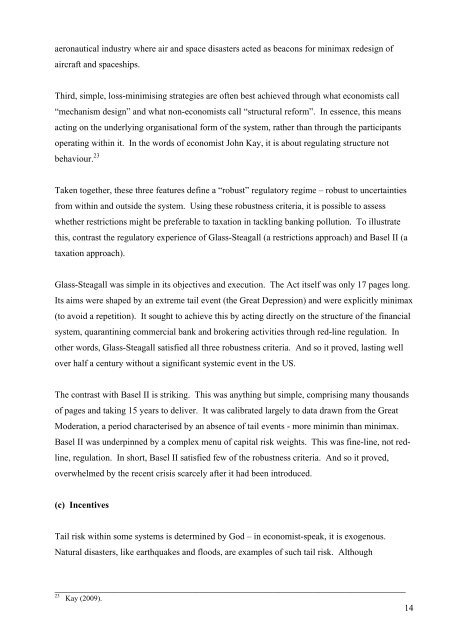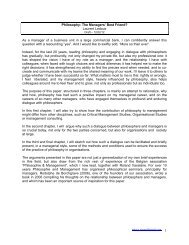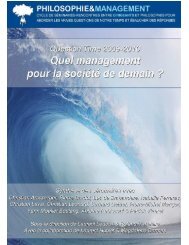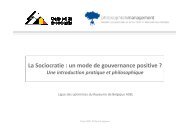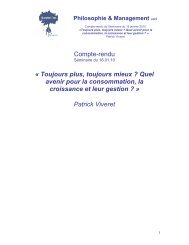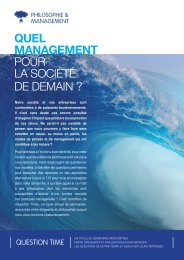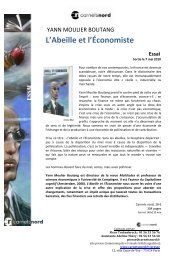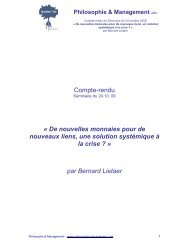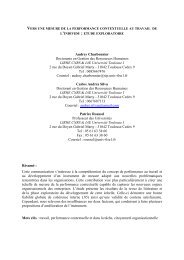The $100 billion question - Signal Lake Venture Fund
The $100 billion question - Signal Lake Venture Fund
The $100 billion question - Signal Lake Venture Fund
You also want an ePaper? Increase the reach of your titles
YUMPU automatically turns print PDFs into web optimized ePapers that Google loves.
aeronautical industry where air and space disasters acted as beacons for minimax redesign of<br />
aircraft and spaceships.<br />
Third, simple, loss-minimising strategies are often best achieved through what economists call<br />
“mechanism design” and what non-economists call “structural reform”. In essence, this means<br />
acting on the underlying organisational form of the system, rather than through the participants<br />
operating within it. In the words of economist John Kay, it is about regulating structure not<br />
behaviour. 23<br />
Taken together, these three features define a “robust” regulatory regime – robust to uncertainties<br />
from within and outside the system. Using these robustness criteria, it is possible to assess<br />
whether restrictions might be preferable to taxation in tackling banking pollution. To illustrate<br />
this, contrast the regulatory experience of Glass-Steagall (a restrictions approach) and Basel II (a<br />
taxation approach).<br />
Glass-Steagall was simple in its objectives and execution. <strong>The</strong> Act itself was only 17 pages long.<br />
Its aims were shaped by an extreme tail event (the Great Depression) and were explicitly minimax<br />
(to avoid a repetition). It sought to achieve this by acting directly on the structure of the financial<br />
system, quarantining commercial bank and brokering activities through red-line regulation. In<br />
other words, Glass-Steagall satisfied all three robustness criteria. And so it proved, lasting well<br />
over half a century without a significant systemic event in the US.<br />
<strong>The</strong> contrast with Basel II is striking. This was anything but simple, comprising many thousands<br />
of pages and taking 15 years to deliver. It was calibrated largely to data drawn from the Great<br />
Moderation, a period characterised by an absence of tail events - more minimin than minimax.<br />
Basel II was underpinned by a complex menu of capital risk weights. This was fine-line, not redline,<br />
regulation. In short, Basel II satisfied few of the robustness criteria. And so it proved,<br />
overwhelmed by the recent crisis scarcely after it had been introduced.<br />
(c) Incentives<br />
Tail risk within some systems is determined by God – in economist-speak, it is exogenous.<br />
Natural disasters, like earthquakes and floods, are examples of such tail risk. Although<br />
_____________________________________________________________________________<br />
23<br />
Kay (2009).<br />
14


